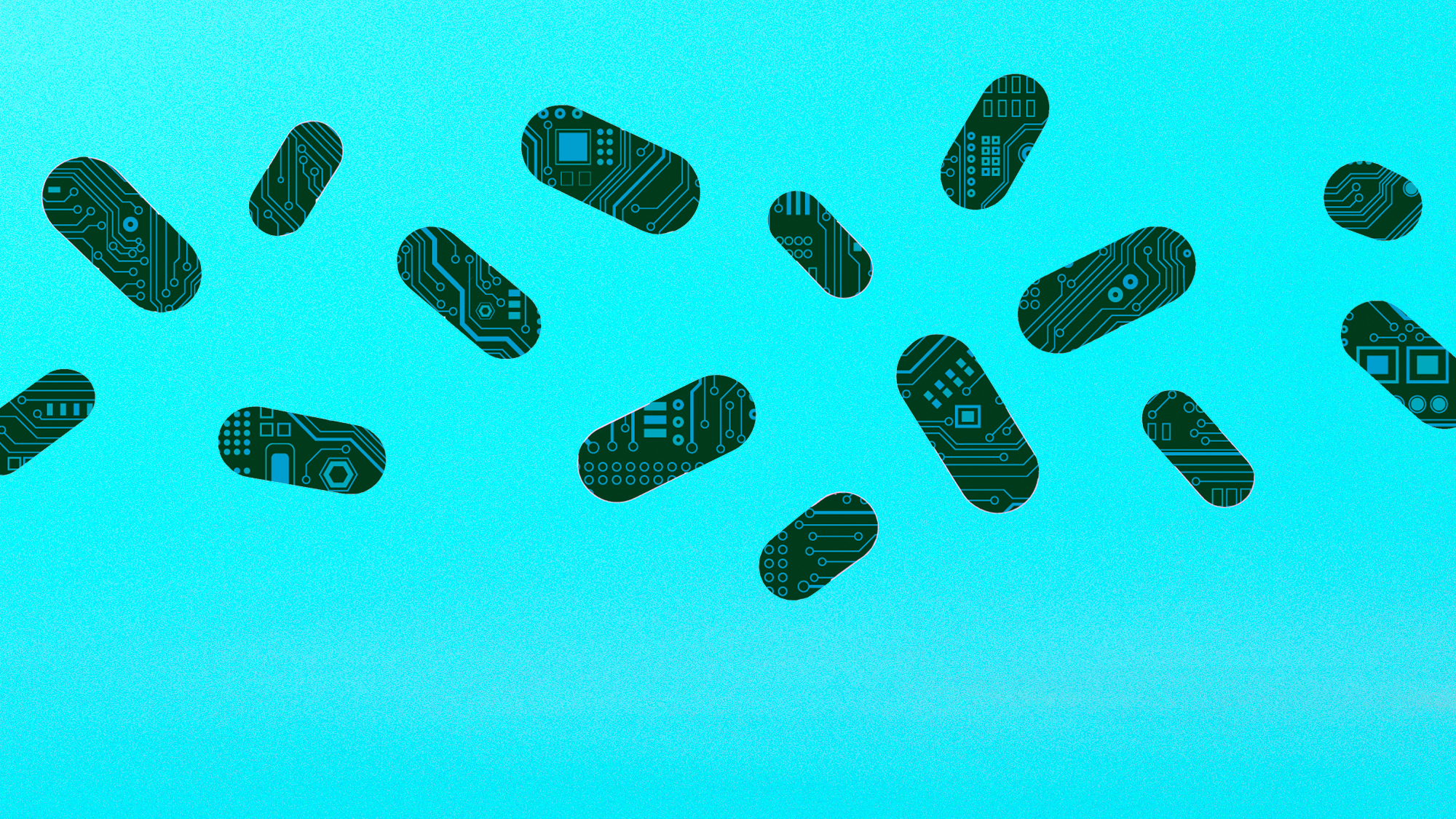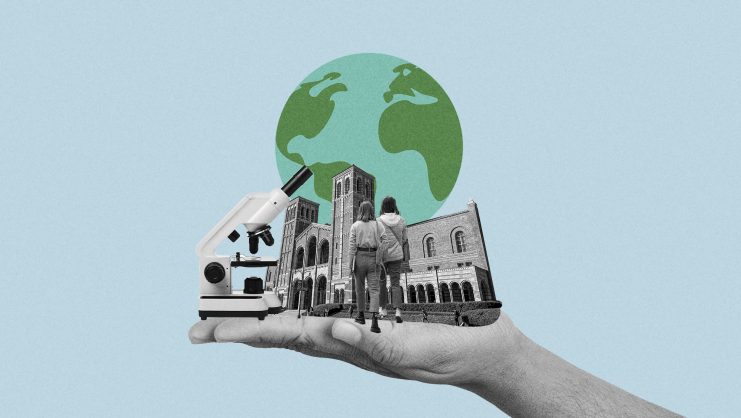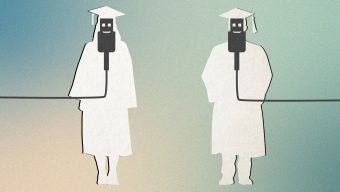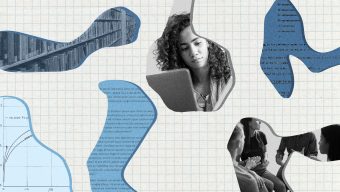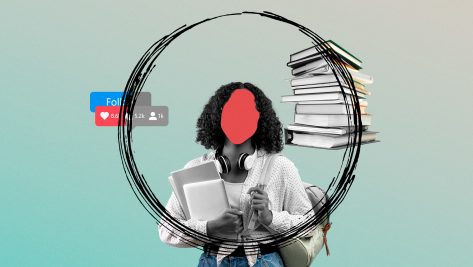Amidst the opportunity and turmoil stirred up by ChatGPT, large language models, and generative AI, one cannot help but wonder about the future impact of this technology on higher education, particularly in terms of diversity, equity, and inclusion (DEI). During the Madrid stop of his European tour, Open AI CEO Sam Altman stated that “there should be an equalizing technology in the world” and that, in his opinion, “AI will be the most enabling technology that mankind has ever seen.” This certainly sounds encouraging for DEI purposes. The truth is, of course, that we have a long way to go.
According to the 2022 UNESCO higher education global data report, “stronger non-discrimination policies are necessary to guarantee equality of opportunities for low-income people [gap in enrollment rates in higher education between the rich and the poor can reach 60% or more], persons with disabilities [the rate of enrollment is as half as high among those with disabilities as among those without disabilities], refugees and displaced persons, and members of ethnic minorities.”
In terms of gender equality, the higher education landscape looks slightly more promising. Data from the UNESCO Institute for Statistics shows that the gross enrollment of women in higher education increased from 19% in 2000 to 43% in 2020, whereas for men it rose more slowly, from 19% to 37%. However, women are still underrepresented in some STEM areas, particularly mathematical and computer sciences as well as engineering (24 to 26% according to National Center for Science and Engineering Statistics), and also in research (30% of researchers worldwide are women).
As M’hammed Abdous of Old Dominion University writes in THE, “artificial intelligence is pushing the boundaries of human intelligence, making the future of higher education intertwined with AI.” The capacity of AI to adapt, self-correct, and learn presents the academic sector with unprecedented opportunities and challenges. Could AI be the long-waited technology that will address DEI gaps in higher education?
Technology has done its part in addressing equity issues not only by improving access to education for underserved populations but also enhancing the classroom and the wealth of knowledge available (the latter not yet entirely trustworthy) in ways that were not possible a few decades ago. Distance learning and online education have removed “geographical limitations to learning” in Africa, but the internet penetration rate in African countries as of December 2021 remains as low as 43.1%. In sub-Saharan Africa, only 39.7% of the population uses the internet, and 34% of that percentage are female.
So then, if institutions can use online learning platforms to deliver courses to students in remote or disadvantaged areas, why does access to higher education remain below 50% in the world? Besides obvious reasons such as financial constraints, lack of infrastructures and resources, and political instability and conflicts; could the new technology(ies) of devices running with limited, or no internet connection be the solution? Apple’s Siri is finally able to operate without internet connection using on-device speech recognition, but how many people have access to an Apple device in remote and poor communities? Running large language models on smart devices could potentially increase accessibility to AI technology but at a very high risk of generating harmful and misused content, security breaches, and fatal advice – all of which would expose vulnerable communities to high risks.
Not all students have access to these resources nor have the same degree of digital literacy that this technology requires.
According to Simona Dossi of Imperial College, “although gender differences in participation in STEM disciplines have decreased over the years, the disparity is still present currently.” MIT Professional Education has found that the gender gap in STEM remains significant in 2023, with women making up only 28% of the STEM workforce (24% in US, 17% in the European Union, 16% in Japan, and 14% in India.) Besides the common reasons that explain this disparity – such as stereotypes, lack of role models, unconscious bias and life-work balance – can technology and AI address this gap? Personalized learning could help close the achievement gap among students with diverse backgrounds and learning styles, but it also poses some threats related to professor-student interactions and inherent algorithm bias. Could gamification techniques be the key to more gender-inclusive curricula?
According to ChatGPT, gamification can be a useful tool for promoting gender inclusivity if we are mindful of designing games that encourage cooperative play and that do not reinforce genre stereotypes. Gamification, according to the chatbot, “should be part of a larger and holistic approach to inclusive education.” I cannot help but wonder what does inclusive education mean? For me personally, an inclusive curriculum is one that includes and values contributions from all genders and represents, content-wise, a balanced view of history, science, and literature. Moreover, it should represent individuals of all genders in varying roles and professions. And most importantly, an inclusive curriculum must be reinforced with policies that actually support DEI. It could be the case that technology, specifically generative models, can help address the unconscious bias inherent in various curricula, but in order for that to happen, we need to train our models to detect and address bias in current literature – something that at the time of writing this article is not yet available.
There are a number of challenges in achieving tech equity in higher education. AI-powered recognition technology continues to exhibit structural bias and discrimination, as Jacques Viljoen of the South African College of Applied Psychology points out, particularly against gender and people of color. Virtual reality and metaverse technologies could indeed exacerbate issues of inclusion and equity since they rely on relatively high-end hardware, software, and robust internet connections. Not all students have access to these resources nor have the same degree of digital literacy that this technology requires. Moreover, navigation and interaction in the metaverse might be challenging for people with certain physical disabilities.
Digital platforms that rely on video sharing and creation have essentially excluded the world’s 70 million sign language users (80% of whom live in developing countries). For its part, Google has responded to this issue with several applications, such as Live Transcribe, which generates speech in real time and provides a written display of conversations and ambient sounds to assist deaf and hard-of-hearing individuals. In this and similar apps, automatic speech recognition is used, a technology that relies on AI and machine learning to decipher what is being said and allows for audio input to be converted into easy-to-read captions. This technology holds a lot of promise for making digital platforms more accessible; however, it is still in the development phase and is not always 100% accurate, struggles with jargon and complex vocabulary, and is not always capable of capturing non-verbal cues like tone, inflection, emotions, and body language.
Another example is Robotica, an audiovisual machine learning company that provides, among other services, digital human sign language translators for entertainment and broadcast companies. It’s an adequate solution. Challenges to the wide adaptation of this technology are cost of implementation, complexity of sign languages which includes hand gestures, body movements, and facial expressions, interoperability, and most importantly the complexity of the computational task driving the AI technique.
Is it too early to dream about truly inclusive classrooms, environments where students with different needs learn alongside each other? It is essential that we ask ourselves whether our classrooms are equipped with latest technology specifically designed with and for people with disabilities. And is our faculty ready to be virtually assisted? How many higher education institutions are truly working on equity issues? And what about diversity? Are we capable of using AI without creating additional bias, and not only that but using the technology to identify and correct biased or exclusive language in course materials and assignments?
Gloria Jean Watkins (1952 – 2021), better known by her pen name bell hooks, wrote in Teaching to Transgress that “the academy is not paradise. But learning is a place where paradise can be created. The classroom, with all its limitations, remains a location of possibility. In that field of possibility, we have the opportunity to labor for freedom, to demand of ourselves and our comrades an openness of mind and heart that allows us to face reality, even as we collectively imagine ways to move beyond boundaries to transgress. This is education as the practice of freedom.”
Diversity, equity, and inclusion are a must for the health and functioning of the higher education sector. In order to ensure that technology leads us in the right direction, we need a collaborative effort between all stakeholders from across the higher education sector, students, faculty, administrators, and technology providers. Until we reach that stage, our attempts to address DEI in the classroom remain limited and case-specific.
© IE Insights.



